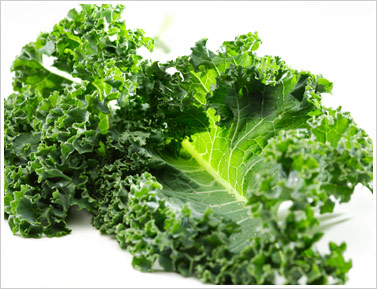 |
| Somebody call Louie! |
I got some good numbers in my annual physical this week on cholesterol, blood sugar, triglycerides and a bunch of other things swooshing around inside me.
I took this to mean that I had another week to live, and that I wouldn't have to clean out those papers in the basement that my heirs and assigns will have to dig through to find the list of jokes I want told at my funeral.
And I was emboldened to put my latest idea to my doctor, Louie "Look to the Left and Cough" Lesion. Doc, I said, what if I get rid of all these meds and substitute an hour of strenuous exercise a day and a vegan diet?
Louie looked as though he was in prayer. He was probably asking the Almighty where he gets such patients. He was probably recalling the medical school stories of what was to come. He knew, as well as I, that I'd never do any of that. But he pretended to take me seriously. That's the mark of a good doctor.
It all depends on your arteries, he said. Let's take a scan of your chest and see what they look like. Good idea, I thought. Maybe I'll find my car keys.
All of which is a lead up to an
article in The Wall Street Journal on heart attacks. I don't know if they'll let you through the paywall to read it, but they should.
What caught my eye was a section on exercise.
Guidelines urge three hours a week of brisk exercise to maintain heart health, but many people who can't find the time to work up a sweat for 30 minutes most days don't bother. "It's the all or nothing phenomenon," says Martha Grogan, a cardiologist at Mayo Clinic.
But how about 10 minutes a day? While the 30-minute target is associated with a 70% reduction in heart-attack risk over a year, Mayo researchers analyzed the data and noticed that a brisk 10-minute walk a day results in a nearly 50% reduction compared with people who get hardly any exercise.
The actual benefit varies depending on age, gender, weight and base line physical condition, and those at highest risk have the most to gain. "If you can do more, then you're better off," says Dr. Grogan. "But small amounts of exercise aren't nothing." Still, cardiologists say a 30-minute daily workout should be the goal.
And then there's what most of us do all day, sit.
Even regular exercise isn't sufficient if you're confined to a desk or a couch for the rest of the day.
A study from Australian researchers published two years ago found that spending more than four hours a day in front of a computer or television was associated with a doubling of serious heart problems, even among people who exercised regularly. The researchers tracked 4,512 men and women, mostly in their late 50s, for four years and compared them against those spending less than two hours in front a screen.
Prolonged sitting was associated with higher levels of inflammatory markers in the blood, higher body weight and lower levels of HDL, or good cholesterol, indicating that sedentary behavior has its own bad biology apart from whether you're physically active.
"For people who sit most of the day, their risk of a heart attack is about the same as smoking," Dr. Grogan says.
I just did my 30-minute walk. Now I'm sitting again. I should probably do some cleaning up in the basement.






